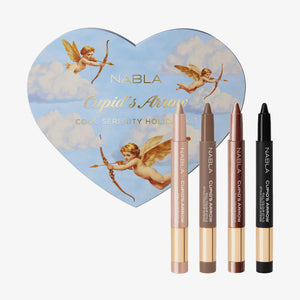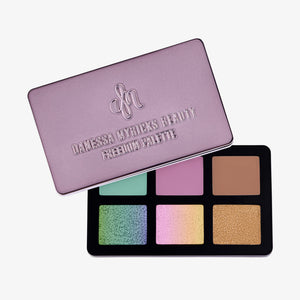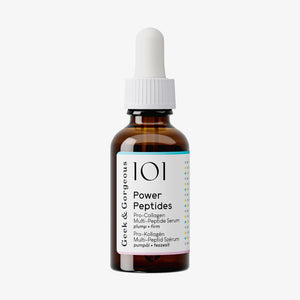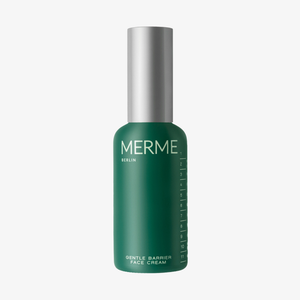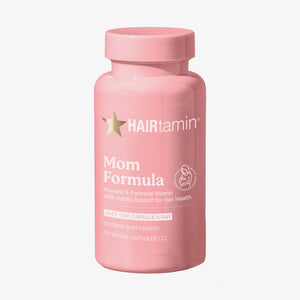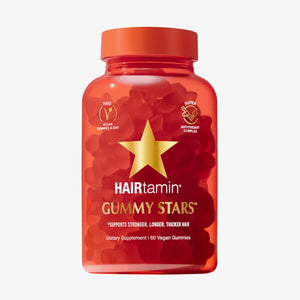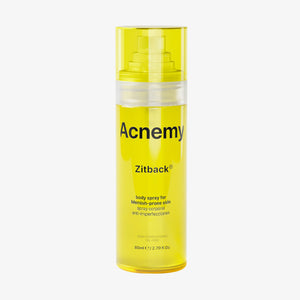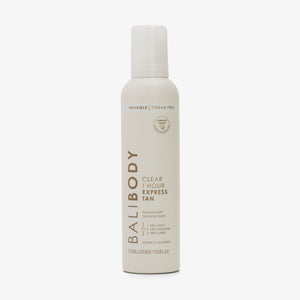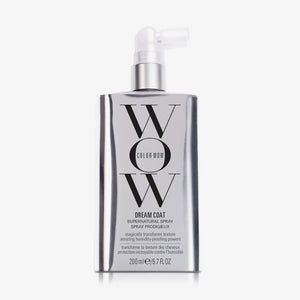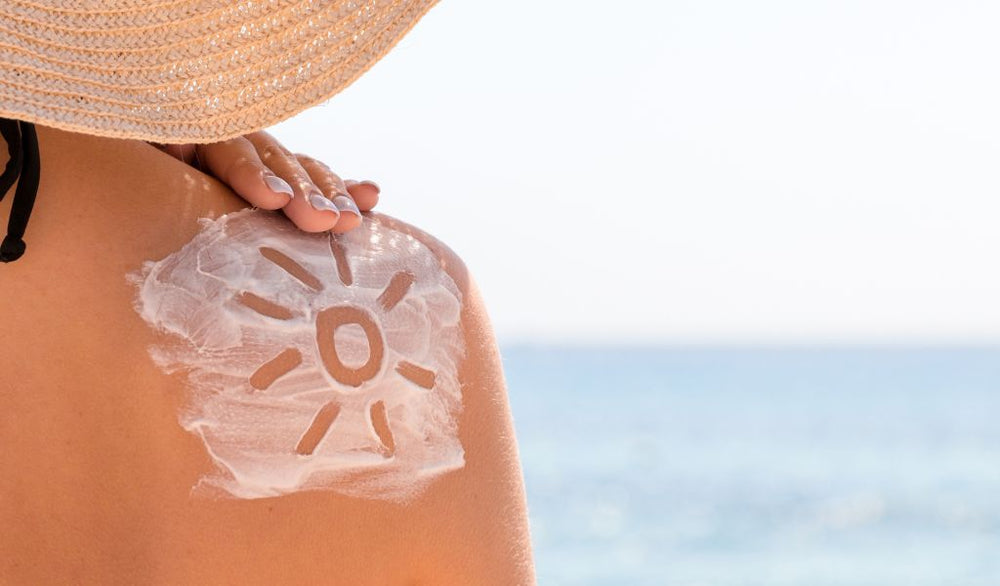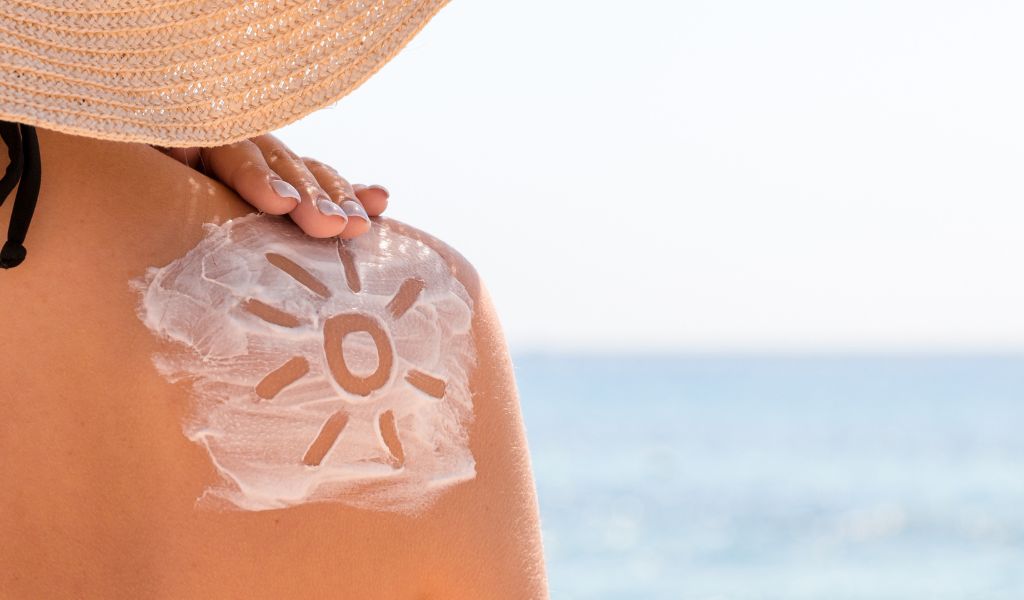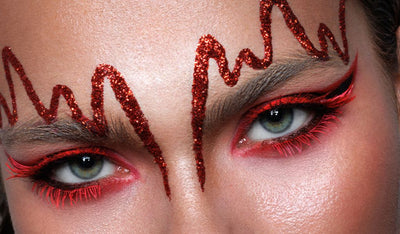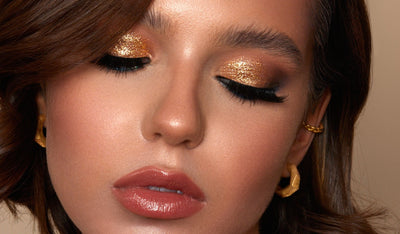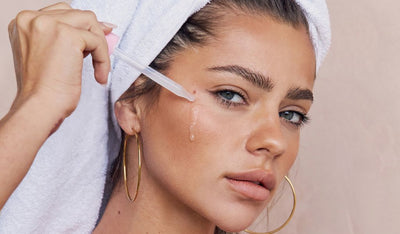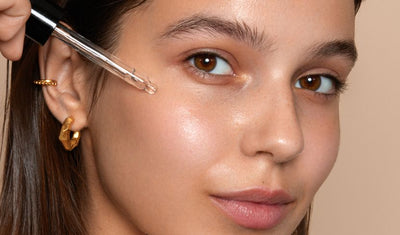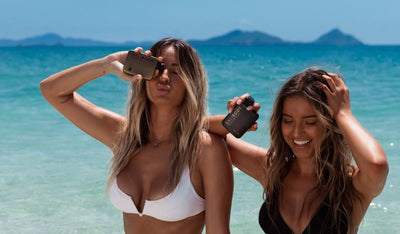For a day in the sun, you need one thing the most: sunscreen. After all, it protects your skin from harmful UV rays and saves you from painful sunburn.
You found a tube from last year and are wondering now: How long does sunscreen last? You can find the answer to this question and important tips on storage and application here!
Why is the shelf life of sunscreen important?
Sunscreen protects your skin from UV rays that can otherwise cause painful sunburn, hyperpigmentation, skin damage and skin cancer.
The chemical substances contained, such as the UV filter octocrylene, lose their effectiveness over time or even decompose.
Sunscreen that has been stored for too long no longer has the specified sun protection factor and can no longer protect your skin effectively. In addition, the consistency can change and bacteria can form.

It is therefore particularly important to change your sunscreen regularly and not to use sunscreen that has expired. This is because expired UV protection can irritate the skin or even lead to allergic reactions and skin infections.
Shelf life of sunscreen
Sunscreen has a shelf life of around two to three years when unopened. However, this starts from the time of manufacture, so you have to subtract a few months.
Once opened, you should not use your sunscreen for longer than six to twelve months. However, be sure to read the packaging instructions for your sunscreen to be on the safe side. The shelf life can vary depending on the manufacturer and the exact composition.
As with other skin care products, you will find a small symbol on the packaging in the shape of a jar with the words “12 M” for example. The symbol on the product indicates the shelf life and how long after opening you should use it up: in this case it would be 12 months.
Tip: Whenever you open your next new sunscreen, write down the date on the packaging. This way you can be on the safe side and know exactly when you opened it.
However, factors such as heat and humidity accelerate the deterioration of the active ingredients. So you should also make sure that you store your sunscreen correctly.
Is your sunscreen still good? Here's how to tell!
Are you unsure about your sunscreen from last year? You can also use a few features of the sunscreen to determine whether it is still good to use.
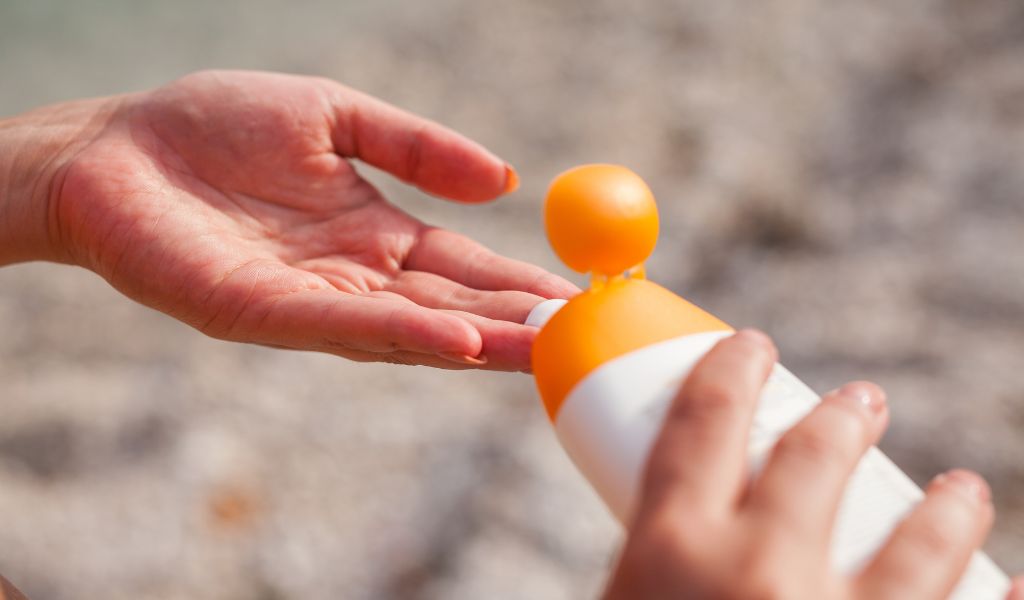
If one or more of these signs occur, you should stop using your sunscreen:
- Discoloration
- Changed smell
- Dissolution into several components (e.g. lumps and a clear liquid)
- Lumps
- Mold
To be on the safe side, we would recommend that you do not use any sunscreen that has been opened in the previous year.
Discover SPF products hereStoring sunscreen correctly: 5 helpful tips
Here are 5 tips for proper storage and how you can easily avoid common mistakes:
- Store in a cool, dry place: You should not expose sunscreen to direct sunlight for long periods of time, but rather store it in a cool, dry place in the shade or, ideally, indoors. The car is not suitable for this.
- Do not store in the bathroom: The high humidity in bathrooms can reduce the effectiveness of sunscreen and cause mold to form.
- Close tightly: Make sure your tube of sunscreen is always tightly closed and wipe away any product residue from the lid immediately.
- Do not mix: Do not mix your sunscreen with other products, such as your foundation. This will no longer guarantee the effect and chemical reactions may occur.
- Refilling: Although it is very practical to refill the sunscreen into small bottles for your vacation, this can change the composition. It is better to use pre-filled travel sizes for your short vacation.

5 tips for optimal sun protection
When it comes to sunscreen, it's not just the shelf life that's important, but also the correct application. Only then will you get the specified sun protection factor.
By the way: The sun protection factor does not protect you completely from harmful UVA and UVB radiation. It only increases the body's own protection by the specified factor. With a sun protection factor of 30, you can therefore only stay in the sun 30 times longer than without. The body's own protection varies depending on the person and skin type.
For example, if someone can stay in the sun for up to 30 minutes without sunscreen, their maximum stay with SPF 30 increases to 900 minutes.
Here we tell you what you should consider when using sunscreen:
- 30 minutes before: You should apply sunscreen about 30 minutes before you go out in the sun.
- The right amount: To ensure that the UV protection lasts as long as stated, you have to make sure you use the right amount. You should apply two finger lengths of sunscreen to your face and about four tablespoons to your entire body.
- Apply sunscreen regularly: Since UV protection only lasts for a certain period of time, you should reapply sunscreen regularly. Especially if you sweat a lot or go swimming, you should reapply the tube of sunscreen at least every two hours.
- Adapt to your skin type: Use the sun protection factor that suits your skin type. For example, light-skinned people should use a higher sun protection factor. There are also special sun creams for sensitive skin if you are prone to irritation.
- Additional sun protection: It is best to wear a hat and sunglasses to protect your head and eyes from the harmful rays.
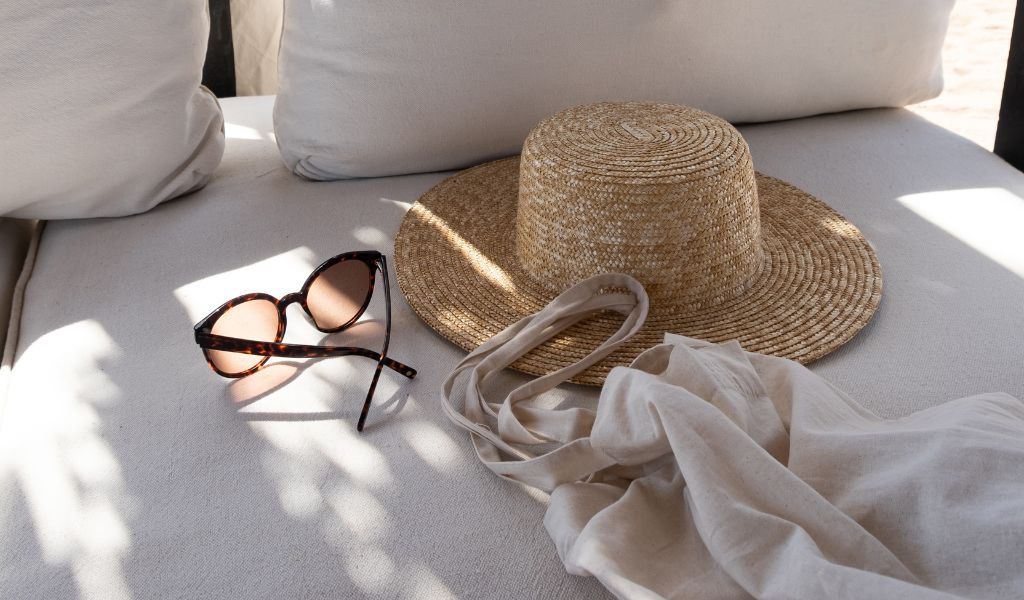
Sunscreens: Our product recommendations
Your old sunscreen is no longer usable and you are still looking for a new product?
Here you will find the ultimate selection of sunscreen products, be it for the body or for the face:
Bondi Sands SPF 50+ Face Lotion Fragrance Free
12,90 €
with the code
-0%
Latest lowest price: 12,26 €
(Prices incl. VAT, plus shipping)
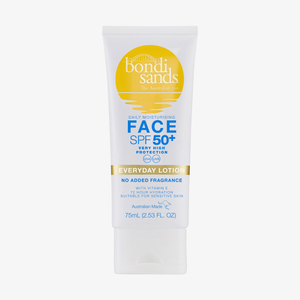
Paula's Choice Lip Balm SPF 50
17,00 €
with the code
-0%
Latest lowest price: 0,17 €
(Prices incl. VAT, plus shipping)

Bali Body Face & Body Sunscreen Spray SPF50+
ab
29,90 €
with the code
-0%
Latest lowest price: 28,41 €
(Prices incl. VAT, plus shipping)
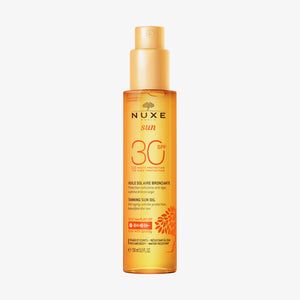
KORRES Yoghurt Sunscreen Spray Emulsion For Face & Body SPF30
Purito Daily Go-To Sunscreen SPF 50+ PA++++
We hope this article has helped you with the shelf life of UV filters and sunscreens. In general, be more careful with sunscreens and do not use outdated products.
Artikel teilen:
